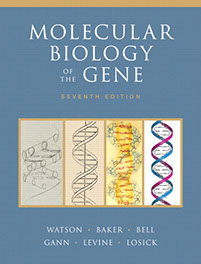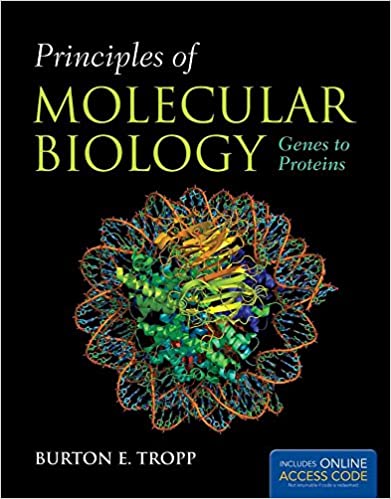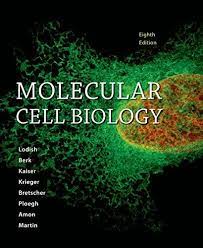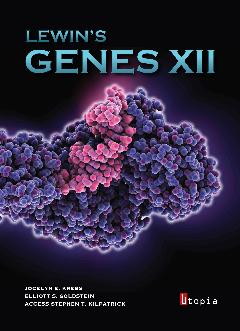| COURSE |
BIOL207 - MOLECULAR BIOLOGY |
| TYPE OF COURSE |
Core, Mandatory |
| YEAR |
2nd year undergraduate Biology students |
| SEMESTER |
Winter |
| CREDITS |
4 (ECTS=6) |
| DEPARTMENT |
Biology, University of Crete |
| LECTURES |
Biology Auditorium I, Wednesday 15:00-17:00, Friday 16:00-18:00
|
| COURSE MATERIAL |
In Google Classroom (class code: er4vfo3) you can have access to i. textbooks of the course, ii. Powerpoint presentations of the lectures, iii. pdf files of the lecture presentations, iv. previous exams questions & answers, v. Video files of ZOOM lectures, vi. educational videos.
|



